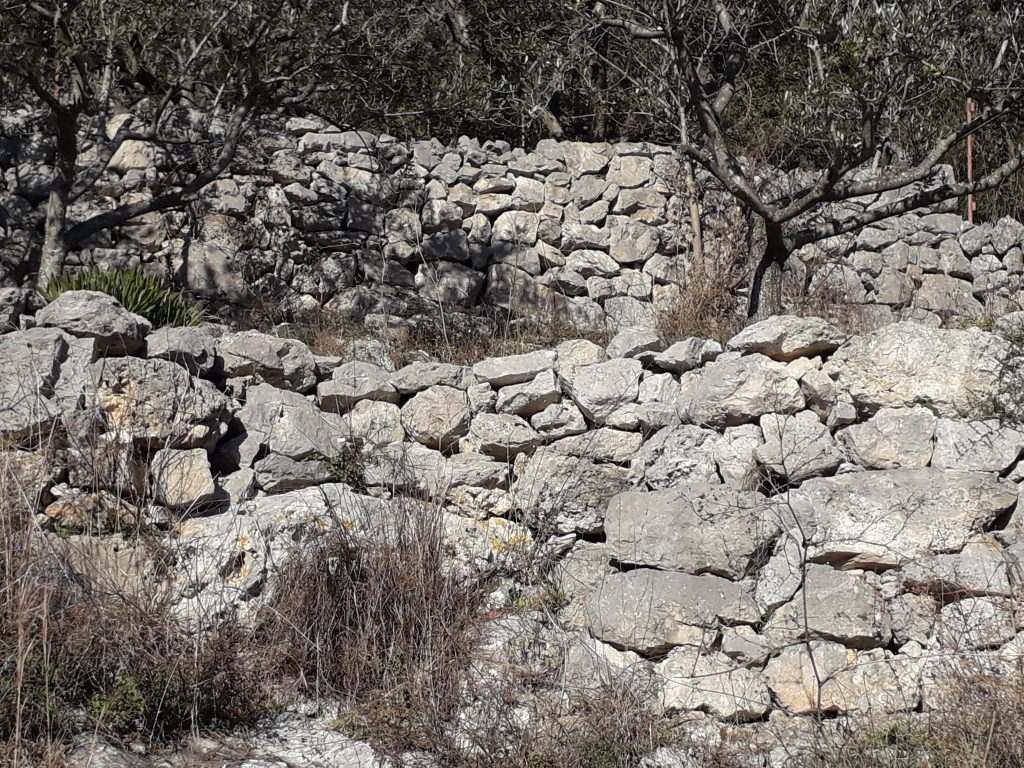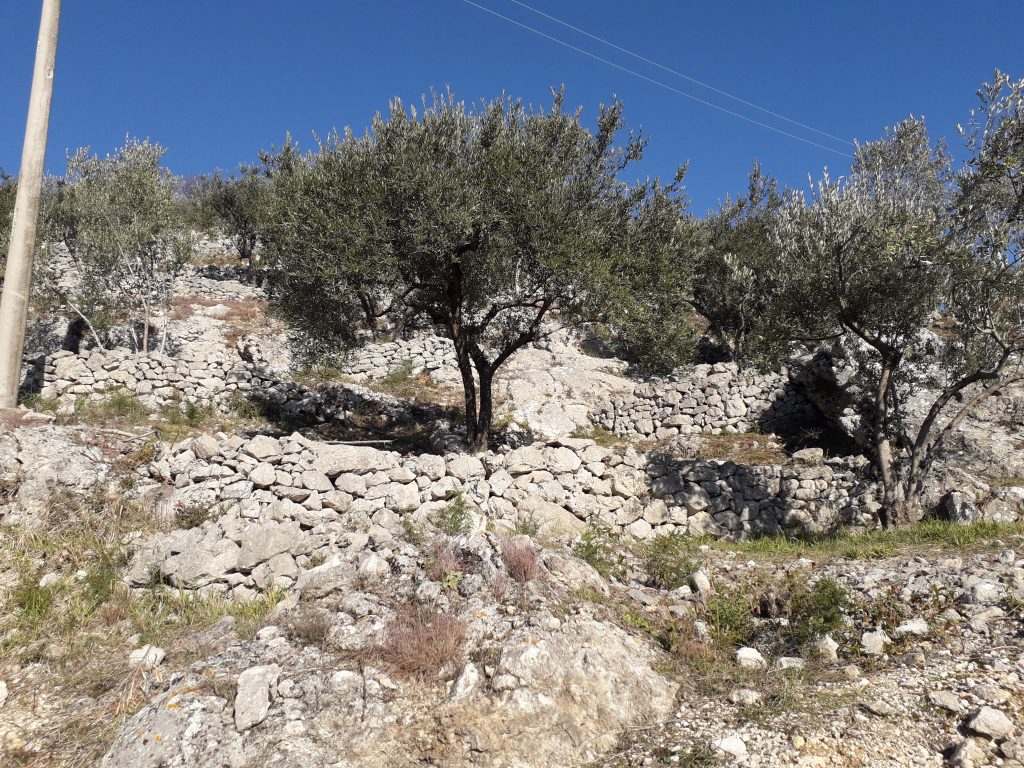Do you take notice when you wander around the Italian countryside (but also in many other parts of the Mediterranean) you often encounter long lines of walls made of stones? Maybe you had thought that they were only a way to create separation between neighbours, but now there is a novelty that concerns them.
With a post from its twitter profile UNESCO declared "The Art of Dry Stone Walls" as an intangible element of World Heritage. As we know, UNESCO is classifying the heritage of humanity, that is, those achievements made by man that constitute one of its essences and represent it.
Heritage can be either material, therefore monuments or constructions, or immaterial, that is, ways of being, customs, characteristics and even recipes. A few years ago, the art of pizza from the Neapolitan pizza makers had aroused much interest and today it is the turn of the 'dry stone walls'.
In the reasons for the inclusion by UNESCO we read: "The art of dry stone walls covers all the knowledge related to the construction of stone structures by stacking the stones on one another, not using any other element except, sometimes, dry soil".

It is one of the first examples of human manufacturing and is present in various capacities in almost all Italian regions, both for residential purposes and for purposes related to agriculture, in particular for the terracing necessary for crops in particularly steep areas.
It is a tradition that unites the whole of the Italian Peninsula and has its strong points in the Amalfi Coast, in Pantelleria, in the Cinque Terre and in Puglia in Salento and in the Valle d'Itria.
But the motivation does not concern only Italy because stone walls and terracing are found in Greece, Malta, Spain and many other countries of the Mediterranean area. Dry structures are always made in perfect harmony with the environment and the technique exemplifies a harmonious relationship between man and nature and one that has become a characteristic element of the landscape.
The practice is mainly transmitted through the application adapted to the particular conditions of each place in which people are located. Dry walls play a vital role in preventing avalanches, floods and avalanches, combating soil erosion and desertification, improving biodiversity and creating the best microclimatic conditions for agriculture ".
The art of dry stone walls is a millenary technique whose use varies from region to region based on the different morphological condition of the land and the type of stone that is encountered.
Dry stone walls are so common that we often forget their historical and social importance. Those patricians carried out the task of separating estates and holdings, those of the commoners were built by the same peasant to be able to make flat a steep terrain exposed to erosion, or to separate each small property.
In some regions, dry-stone walls are an integral part of the agricultural techniques of terracing because they serve to protect the portions of land cultivated from the slopes. In other areas the drywall, especially on the coasts, serves to protect crops from atmospheric agents.
However, dry stone walls are disappearing, primarily due to the lack of skilled labour and then because mechanized agriculture sees them as an obstacle. The loss of dry stone walls means the negation of a testimony of our history and, above all, it negatively affects the landscape and the environment.

The enclosed space surrounded by the dry stone wall is vital for the microclimate because in it survives a rich fauna and flora, as well as it being a characterizing element of the landscape. It is no coincidence that in many areas where ancient crops are recovering, we are returning to the preservation of dry stone walls.
This is the case on the island of Ponza for the cultivation of the vine. The discovery of ancient vines and their consequent commercial value has led many farmers to go back to cultivating the vines in the hills and having to use the terraces. And the success was immediate: so the wall takes on a new agricultural value and also enhances tourism.
There are many towns in the Lazio Region that can enjoy the presence of dry stone wall structures, like the Ciociaria town of Vallecorsa, which characterize the terriotry of this small municipality with their majestic structures, a testament of the ancient tradition of local olive oil production.
The recognition of this agricultural and rural practice was also celebrated by the Minister of Agriculture, Food, Forestry and Tourism policies Gian Marco Centinaio:
"Once again the values of agriculture are recognized as an integral part of the cultural heritage of people. Our agri-food products, our landscapes, our traditions and our agricultural practices are characteristic elements of our history and our culture ".
From now on we have to be careful when we walk in our countryside: they are also part of a UNESCO World Heritage Site.







Follow us